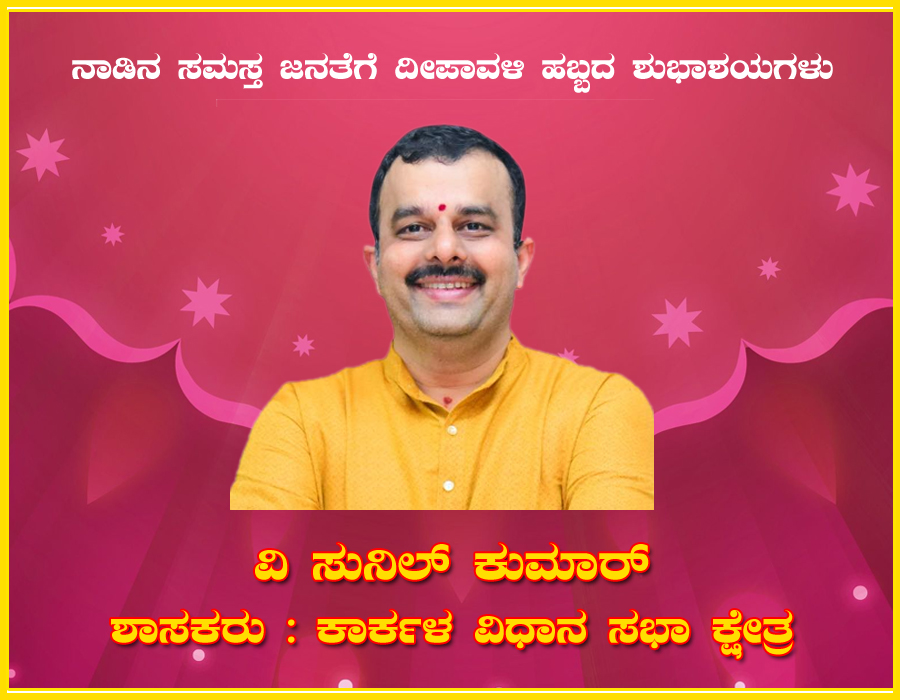Elephant procession was never stuck in one tradition
11:34 AM, Thursday, August 29th, 2013 Mysore : While making an elephant carry a 750-kg howdah during Jamboo Savari is being described as a ‘tradition’ and an ‘integral part’ of Dasara, history shows that different formats of the procession were followed in the past.
Mysore : While making an elephant carry a 750-kg howdah during Jamboo Savari is being described as a ‘tradition’ and an ‘integral part’ of Dasara, history shows that different formats of the procession were followed in the past.
This has prompted animal lovers and animal rights organisations to contend that the tradition was a recent calling, and demanded that it should be discontinued, keeping the welfare of elephants in mind.
‘Rangamahal’ at Jaganmohan Art Gallery, displaying murals painted between the years 1850 and 1865, is testimony to the fact that Jamboo Savari was practised differently, where six elephants pulled a chariot rather than an elephant carrying a howdah.
The mural at the gallery, with ‘Vijayadashamiya Jamboo Savari’ written in Kannada, depicts Dasara celebrations during the tenure of Krishnaraja Wadiyar III. However, Krishnaraja Wadiyar III, during the later stages of his life, shifted to the ‘traditional’ Jamboo Savari, said historian Nanjaraj Urs.
Animal lovers dismiss the theory that the Jamboo Savari with an elephant made to carry a heavy howdah is an age-old tradition. Earlier, kings of Mysore province used to sit on an elephant during Jamboo Savari, which was replaced by the golden howdah in 1972.
Urs recalled that the tradition of elephants carrying a golden howdah weighing close to 750 kg was started as an alternative to the earlier Jamboo Savari. The total weight that a present day howdah-bearing elephant is made to carry is close to a tonne, which includes the howdah, idol of Goddess Chamundeshwari and cushions for the elephant.
Suparna Ganguly of Compassion Unlimited Plus Action (CUPA), Bangalore, noted that the spine of the elephant is a vulnerable part, due to which there were regulations not to seat more than four people on its back at elephant camps.
“Noting these aspects, we had given a representation to the Dasara Executive Committee, to explore other options for Jamboo Savari. To date, they have not applied themselves to any change,” she said.
Savitha Nagabhushan, Managing Trustee of People For Animals, Mysore, said that an elephant carriage similar to the one employed by Krishnaraja Wadiyar III is at the Amba Vilas Palace, which can be used instead of a howdah. It is a sad story for a majestic animal like the elephant to be exploited this way, she said.
Recalling the recent incident where two calves were weaned away from the mother elephants, so that the latter can take part in the procession, she said it can be disastrous for the calves. Elephants being a matriarchal society, and young ones, especially females, are known to suckle till the age of four years.
“We need to create awareness about the issue. Tradition has to change. While people may like elephants carrying the howdah, whether elephants enjoy it is a question that nobody has considered,” she said.
Simillar Posts
Warning: count(): Parameter must be an array or an object that implements Countable in /home/megamcaq/public_html/wp-content/plugins/post-plugin-library/common_functions.php on line 357
- None Found
Leave a Reply
© Copyright 2008 www.megamedianews.com All Rights Reserved. Privacy Policy








 Posted in
Posted in  Tags:
Tags: 






